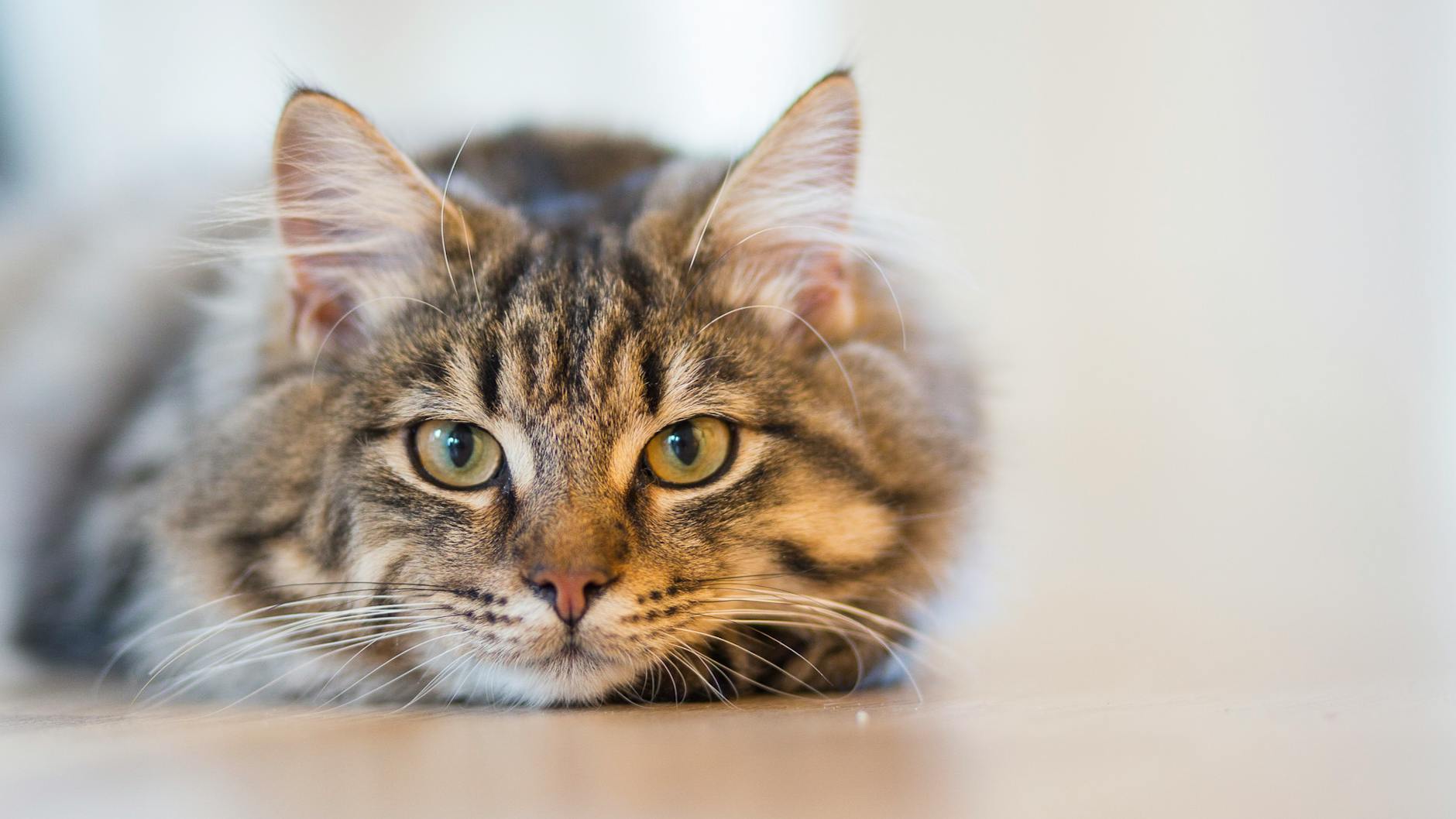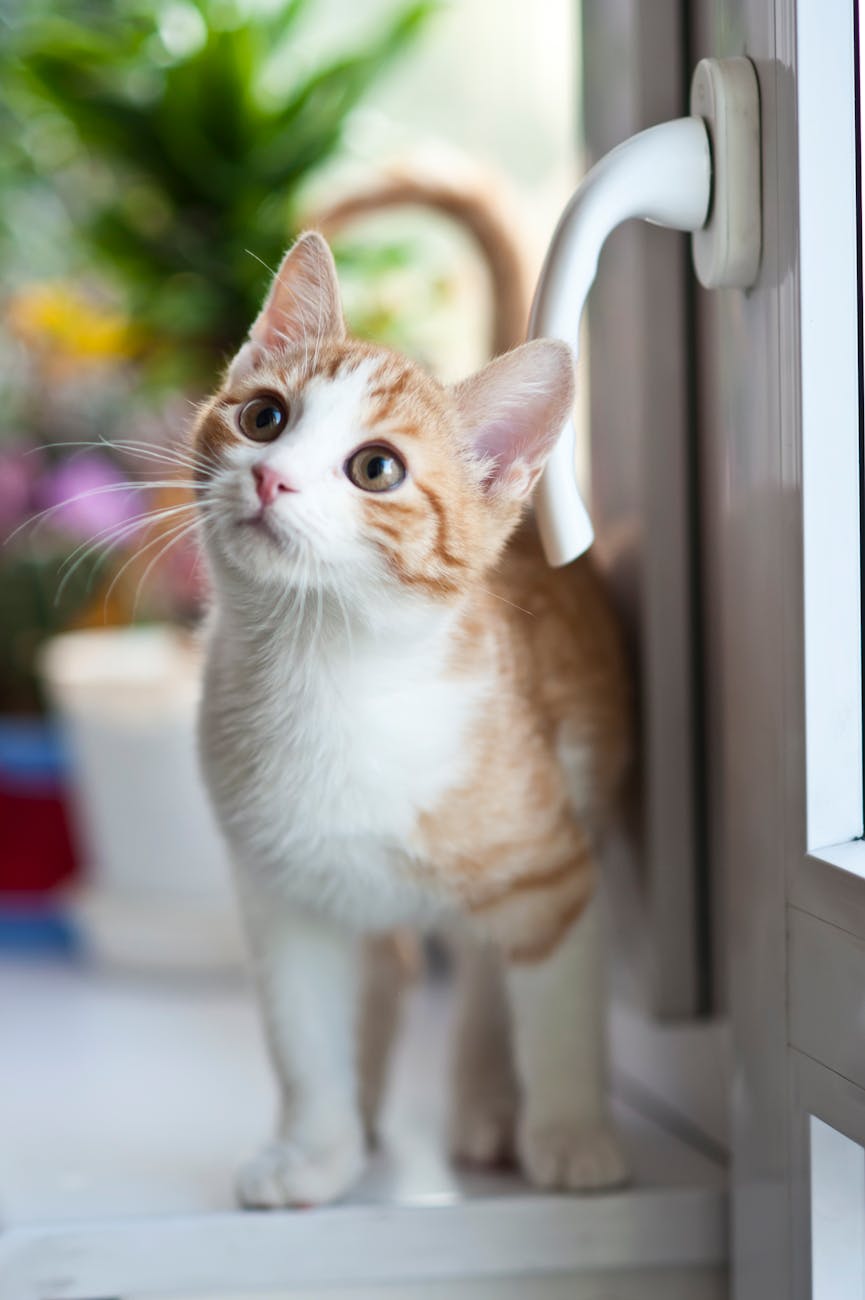Rabies is a serious viral disease that poses significant health risks to cats and pet owners alike. Recognizing the early signs of rabies in cats is crucial for ensuring the well-being of your feline friend and preventing further transmission. While the disease is often fatal once symptoms appear, understanding the common symptoms and behavioral changes can help you identify potential infections early. In this blog post, we will explore these vital signs, guide you on necessary preventative measures, and clarify misconceptions that surround this dangerous illness.
Understanding Rabies and Its Impact on Cats
Rabies is a viral disease that primarily affects mammals, including our beloved feline friends. It’s crucial for pet owners to recognize the signs of rabies in cats, as this condition can be fatal if left untreated. Here’s what you need to know:
- Transmission: Rabies spreads through the saliva of an infected animal, commonly via bites. Cats may encounter rabid animals like bats or raccoons.
- Incubation Period: Symptoms may not appear for weeks to months post-exposure, making early detection challenging.
- Impact on Behavior: As the disease progresses, it affects a cat’s nervous system, leading to drastic behavioral changes.
Key Impacts of Rabies on Cats:
| Impact | Description |
|---|---|
| Aggression | Infected cats may become unusually aggressive. |
| Fearfulness | Increased anxiety or fear of usual activities. |
| Disorientation | Cats can show signs of confusion or staggering. |
| Paralysis | Advanced stages may lead to paralysis, particularly in the throat. |
Understanding these signs of rabies in cats is vital for prompt action and can save lives. Always consult a vet if you suspect exposure.

Common Symptoms of Rabies in Felines
Recognizing the signs of rabies in cats is crucial for pet owners. Early detection can determine the outcome, so be aware of the following common symptoms:
Behavioral Changes:
- Increased aggression or irritability
- Sudden withdrawal or unusual quietness
- Disorientation and confusion
Physical Symptoms:
- Fever and lethargy
- Excessive salivation or drooling
- Difficulty swallowing
Neurological Issues:
- Uncontrolled muscle movements or seizures
- Paralysis, especially in hind legs
- Changes in voice or lack of vocalization
Comparison of Rabies Symptoms in Cats vs. Dogs
| Symptoms | Cats | Dogs |
|---|---|---|
| Aggression | Common | Common |
| Fever | Often minimal | Common |
| Excessive drooling | Frequent | Frequent |
| Disorientation | Common | Common |
| Paralysis | Can occur | Common |
Being aware of the signs of rabies in cats can help you take prompt action. If you observe any of these symptoms, consult a veterinarian immediately.
Behavioral Changes to Watch For
When monitoring your feline friend, it’s essential to recognize the signs of rabies in cats, particularly in their behavior. Rabies can drastically alter a cat’s demeanor, making it crucial for pet owners to be vigilant. Here are some key behavioral changes that might indicate a rabies infection:
- Increased Aggression: A normally docile cat may become unusually aggressive, displaying defensive or attacking behaviors.
- Fearfulness or Anxiety: Cats may show signs of paranoia, hiding more frequently or reacting fearfully to common stimuli.
- Isolation: Infected cats often withdraw from social interactions, opting to stay away from humans and other pets.
- Excessive Vocalization: Rabid cats may meow or yowl more than usual, signaling distress or confusion.
- Disorientation or Confusion: Observe for signs of impaired coordination or bizarre behavior, such as stumbling or confusion about familiar places.
Understanding these signs of rabies in cats can aid in early detection. If you notice these changes, contact your veterinarian immediately for advice and potential evaluation.
Physical Signs Suggesting Rabies Infection
Recognizing the physical signs of rabies in cats is crucial for timely intervention. If your cat has been exposed to rabies, look for several key indicators:
- Fever: A noticeable increase in body temperature can occur.
- Pupils: Dilated pupils may indicate neurological involvement.
- Excessive Salivation: Look for drooling or the inability to swallow.
- Aggression: Sudden changes in behavior could manifest as unexpected biting or scratching.
- Weakness and Paralysis: Weakness, particularly in the hind legs, can develop as the disease advances.
Comparison of Common Physical Signs
| Sign | Mild Cases | Severe Cases |
|---|---|---|
| Fever | Slight increase, lethargy | High fever, severe lethargy |
| Salivation | Mild drooling | Profuse drooling, foaming |
| Pupil Reaction | Slightly dilated | Extremely dilated, unresponsive |
| Mobility | Reduced activity | Partial or complete paralysis |
By being vigilant about these signs of rabies in cats, you can ensure prompt veterinary care, potentially saving your pet’s life. If you observe any combination of these signs, contact a veterinarian immediately.

The Importance of Vaccination for Prevention
Vaccination plays a crucial role in safeguarding your cat against rabies. Understanding the signs of rabies in cats is essential, but keeping your feline friend vaccinated is even more vital. Here’s why vaccination is important:
Prevents Infection: A rabies vaccine significantly reduces the risk of your cat contracting this deadly virus, especially if they encounter wild animals.
Legal Requirements: In many regions, rabies vaccination is mandatory. Keeping your cat’s vaccination updated ensures compliance with local laws.
Protects Public Health: Vaccinated cats pose less risk to humans. Since rabies transmission can occur through bites, immunizing your pet helps keep the community safe.
Peace of Mind: Knowing your cat is vaccinated allows you to enjoy peace of mind while they explore outdoors.
Key Points:
| Benefit | Description |
|---|---|
| Infection Prevention | Reduces risk of rabies transmission |
| Legal Compliance | Adheres to local regulations |
| Community Safety | Protects public health |
| Owner Assurance | Provides peace of mind through vaccination |
In conclusion, recognizing the signs of rabies in cats is crucial, but proactive vaccination remains your best defense against this serious disease. Always consult your veterinarian to keep your cat’s vaccinations up to date.
What to Do If You Suspect Your Cat Has Rabies
If you notice any signs of rabies in cats, immediate action is crucial. Follow these steps to ensure the safety of your pet and others:
Isolate Your Cat: Keep your cat indoors and away from other pets and humans. Rabies is highly contagious and can pose serious health risks.
Monitor Symptoms: Note any unusual behavior or physical symptoms, such as aggression, excessive drooling, or sensitivity to light. This information will be valuable for your veterinarian.
Contact Your Veterinarian: Call your vet immediately. Share your observations about the signs of rabies in cats to help them assess the situation.
Follow Professional Advice: Depending on the circumstances, your vet may recommend bringing your cat in for examination or suggest other precautions.
Inform Local Authorities: If you suspect your cat had contact with a wild animal, inform local animal control. They can help manage the situation and prevent further incidents.
Remember, prompt action can make a significant difference in outcomes when dealing with potential rabies cases in cats.
When to Seek Veterinary Assistance
As a responsible pet owner, understanding when to seek veterinary assistance is crucial in dealing with potential signs of rabies in cats. Time is of the essence; acting swiftly can protect both your cat and your family. Here are key indicators that necessitate immediate veterinary care:
- Behavioral Changes: If you notice profound changes in your cat’s behavior—such as sudden aggression, excessive vocalization, or withdrawal—it could signal advanced signs of rabies in cats.
- Physical Symptoms: Keep an eye out for paralysis, seizures, or unusual movements. These symptoms often indicate severe neurological involvement.
- Exposure History: If your cat has been exposed to wildlife or suspected rabid animals, contact your veterinarian, regardless of whether you observe obvious symptoms.
- Vaccination Status: If your cat isn’t up-to-date on rabies vaccinations, urgent action is crucial even with mild symptoms.
While not every sign guarantees rabies, err on the side of caution. Prompt veterinary assistance not only aids in your cat’s recovery but also ensures public safety against rabies transmission.

Myths and Misconceptions About Rabies in Cats
Rabies remains a widely misunderstood disease. As a responsible cat owner, it’s essential to distinguish fact from fiction regarding the signs of rabies in cats. Here are some prominent myths and the truths behind them:
Myth 1: Only dogs can get rabies.
Truth: While commonly associated with dogs, any mammal, including cats, can contract rabies.Myth 2: Vaccinated cats cannot get rabies.
Truth: Vaccination significantly reduces the risk, but no vaccine offers 100% protection. Monitor for signs of rabies in cats, even in vaccinated pets.Myth 3: Rabies symptoms appear immediately.
Truth: Symptoms may take weeks to surface, making it crucial to be vigilant for the signs of rabies in cats during this period.Myth 4: Only aggressive cats contract rabies.
Truth: Any cat, regardless of behavior, can show subtle or extreme symptoms of rabies, including lethargy or unusual vocalizations.
Understanding these myths allows you to better protect your feline friend and respond swiftly should you notice any signs of rabies in cats. Stay informed to ensure your cat’s health and safety.
Frequently Asked Questions
What are the early signs of rabies in cats?
Early signs of rabies in cats can be subtle and may include behavioral changes such as increased aggression, irritability, or being unusually withdrawn. Additionally, a cat might show signs of fever, a decrease in appetite, or excessive vocalization. It’s essential to observe your cat for any sudden shifts in behavior, and if you notice symptoms that seem unusual for your pet, consulting a veterinarian immediately is crucial to ensuring your cat’s health.
How is rabies transmitted to cats?
Rabies is primarily transmitted to cats through bites from infected animals, most commonly raccoons, bats, and foxes. The rabies virus is present in the saliva of an infected animal and can enter a cat’s system through broken skin or mucous membranes. Outdoor cats, or those that interact with wildlife, are at a higher risk. To protect cats, vaccination is critical, and minimizing exposure to wild animals is essential for preventing this deadly disease.
What should I do if I suspect my cat has rabies?
If you suspect your cat may have rabies, it is imperative to contact a veterinarian immediately. Do not handle the cat if it is showing signs of aggressive behavior or has bitten someone, as this poses a risk of transmission. The vet will assess your cat’s condition, possibly recommend quarantining the animal, and conduct necessary testing. Prompt action is vital since rabies is a fatal disease once symptoms appear, and getting guidance from a professional is crucial.
Can rabies be prevented in cats?
Yes, rabies can be effectively prevented in cats through annual vaccinations. It is essential to keep up with your cat’s vaccination schedule, especially if they go outdoors, to minimize their risk of exposure to rabies. Additionally, limiting your cat’s interactions with wild animals and keeping them indoors as much as possible can further reduce their risk. Pet owners should also educate themselves about the signs of rabies and stay vigilant in noticing any changes in their cat’s behavior.



